What if I told you the reason your clothing brand isn’t making consistent sales has nothing to do with the quality of your product?
It’s not your stitching. It’s not your eco-friendly packaging. It’s not even your inspiring brand story. The truth? You’ve bought into the biggest lie in the clothing brand industry:
“If you make a good product, it will sell itself.”
It sounds noble. It sounds logical. But it’s a dangerous myth that’s keeping thousands of brand founders stuck, broke, and wondering what they’re doing wrong. And in this article, we’re going to unpack why this belief is stalling your growth—and what you need to do instead to build a profitable, high-impact apparel brand.
Why “A Good Product Sells Itself” Is a Myth
Let’s be clear: you should care about product quality. A soft, well-fitting hoodie. A responsibly sourced cotton tee. Details matter. But quality is not what sells the product—the offer does.
You’ve probably seen it before: a brand that seems to explode overnight. Their designs aren’t necessarily better than yours. Their mission might be vague. Yet their social media is blowing up, their drops sell out in minutes, and they’re building a loyal community of raving fans.
Meanwhile, your premium product—crafted with care and backed by a heartfelt story—struggles to move a few units a week.
Here’s why: a product is just the thing. But a winning offer is the total experience that creates demand. It's the combination of:
-
Product
-
Story
-
Positioning
-
Content
-
Customer trust
-
Shopping experience
When your offer is weak, even the most beautifully crafted hoodie won’t sell.
What the Best Brands Are Doing Instead
Successful clothing brands don’t just sell products—they sell identity. They create demand with powerful offers. And the foundation of that offer is a deep understanding of what makes customers want to buy, not just like what they see.
Let’s break down what’s really going on behind a strong offer.
Introducing: The Clothing Offer Equation (COE)
The Clothing Offer Equation is a framework that determines whether someone clicks “buy” or walks away. Here's how it works:
Top of the Equation – Desire Drivers:
-
Style Aspirations – What does your customer hope to become when they wear your brand? Confident? Rebellious? Minimalist? If your brand doesn’t tap into identity, it’s not a brand—it’s just merch.
-
Quality and Fit – Does it feel premium? Will it hold up after multiple washes? Are you providing size guides, fit breakdowns, and actual reviews? Or are you simply saying “premium quality” and hoping that’s enough?
These two elements build the desire side of your offer.
Bottom of the Equation – Friction Factors:
-
Waiting Time – Long, unclear, or inconsistent shipping kills trust. Fast delivery with tracking updates builds it.
-
Shopping Friction – Is your website slow? Are there too many steps in your checkout process? Is it clear how to return items? If buying feels like work, customers are out.
-
Price Sensitivity – If people only buy when you discount, your problem isn’t pricing—it’s perceived value.
Real Talk: Offers > Products
Here’s the truth most founders need to hear: you don’t have a product problem, you have an offer problem.
One brand BitBranding worked with had a killer heavyweight cotton hoodie—beautiful design, quality fabric, great story. But they had no sales. Why? Because their offer was weak:
-
Clunky mobile checkout
-
No reviews or user-generated content
-
Vague shipping times
Once they addressed these issues and built a stronger offer, they tripled monthly revenue in 90 days—without changing the product.
The 5-Step Fix: Rebuilding Your Offer
Want to level up your brand? Use this five-step approach to strengthen your offer and start selling consistently.
1. Audit Style Aspirations
Ask yourself: What identity are you helping customers step into? Are they proud to wear your pieces? Do they tag you on social media? Are you building something that people want to be part of?
2. Build Trust in Fit & Quality
Post fit breakdowns using different body types. Add real reviews—even if it means giving out samples first. Offer easy returns. People are hesitant to buy apparel online. Your job is to remove that hesitation.
3. Speed Up Delivery
People don’t like to wait. If you're using print-on-demand or dropshipping, supplement the wait time with value: maybe a downloadable guide, a digital zine, or a sneak peek of what’s next.
4. Eliminate Shopping Friction
Make sure your site is mobile-optimized. Streamline checkout to as few steps as possible. Ensure that your product pages are clickable, your return policy is visible, and your add-to-cart button is obvious and immediate.
5. Raise the Perceived Value
Add extras that cost you little but mean a lot. Better packaging, thank-you notes, PDF guides, bonus content, or an invite to a private community. Make people feel like they’re part of something special.
Positioning: Where Real Money Is Made
Customers will always pay more for something they believe is worth it. And that belief doesn’t come from the product alone—it comes from positioning.
Are you the “eco-conscious streetwear brand for Gen Z skaters”? The “luxury minimalism line for creatives”? The “bold graphic tees for the unapologetically loud”? Own your niche. Own your story. Build your tribe.
Final Thoughts: Prove It
If you’ve got something special, prove it.
Remove the friction. Raise the value. Build the story around your customer’s identity. When you do that, people won’t just notice your brand—they’ll want to be part of it.
You’re not just selling clothes.
You’re selling a lifestyle. A statement. A movement.
And that starts with your offer.
Recap – Kill the Lie, Build the Brand
Let’s leave this article with one core truth: Good products don’t sell themselves. Offers do.
Here’s your cheat sheet:
-
Quality matters, but it’s not enough.
-
A strong offer includes product, story, positioning, experience, and trust.
-
Use the Clothing Offer Equation to identify your brand’s friction points.
-
Optimize every touchpoint—from speed of delivery to checkout flow to perceived value.
-
Focus on identity. Make your customers feel like they belong.
Once you understand this, the game changes.
Your product becomes more than just fabric. It becomes a flag people wave to say, “This is who I am.”
So go back to your store, your ads, your product pages, and ask yourself one question:
Am I selling a product… or am I selling an offer?
Because one of those builds a brand.
The other just sits on a shelf.
If you found this helpful and want to go even deeper, let me know—I’ll send you the full Clothing Offer Equation PDF so you can start plugging in your own numbers and building your brand the right way.
Now go prove it.


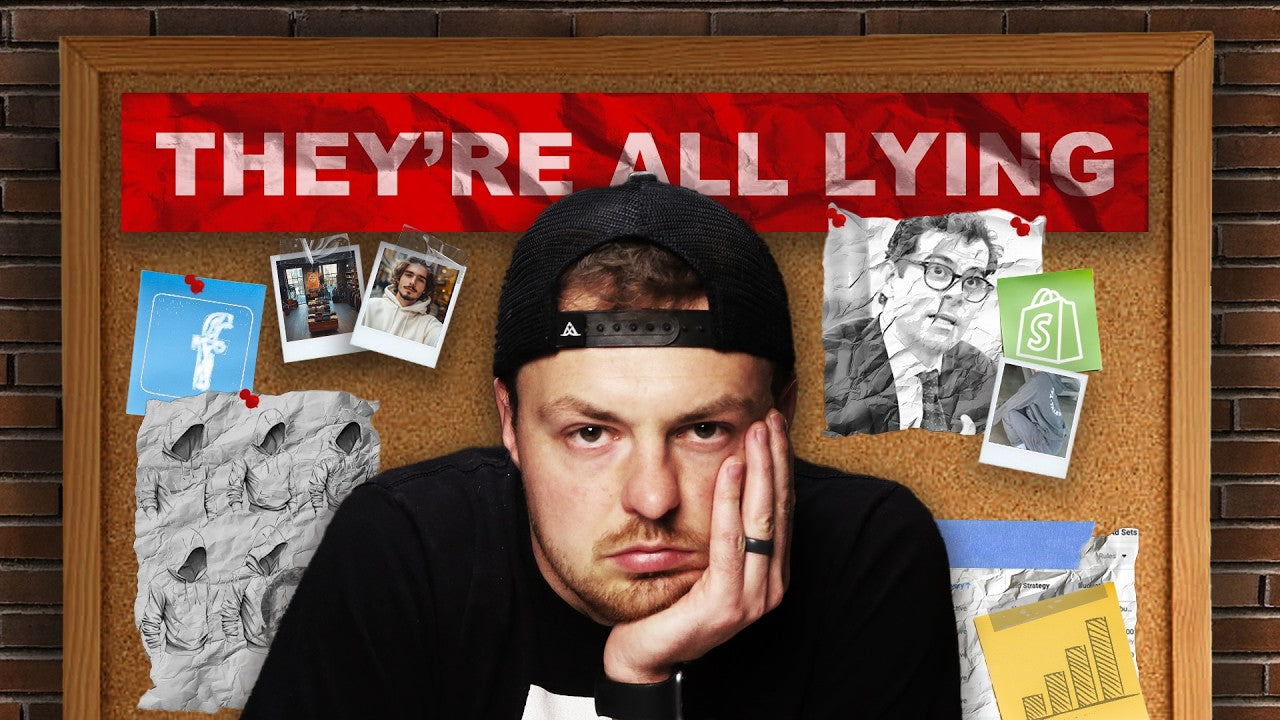

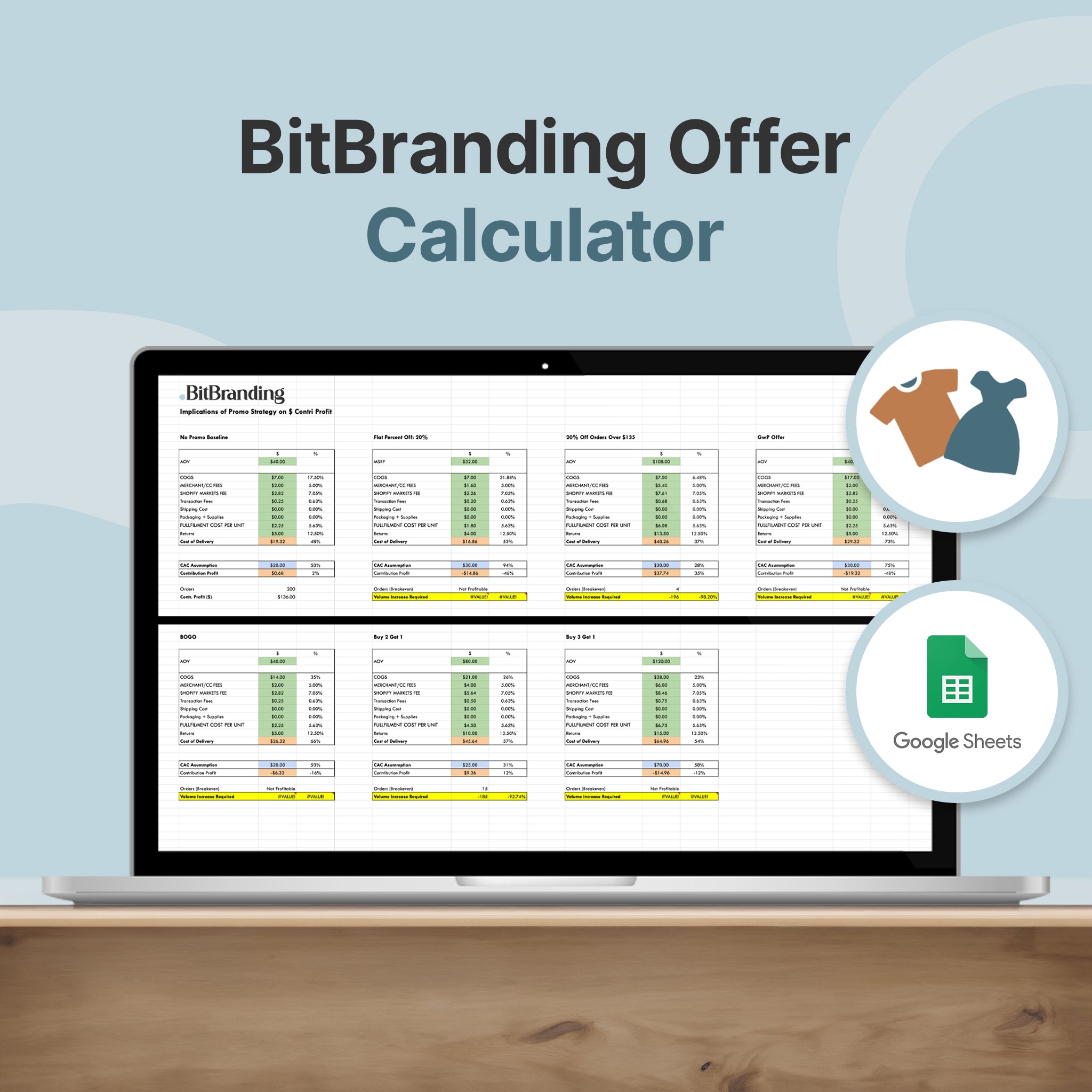
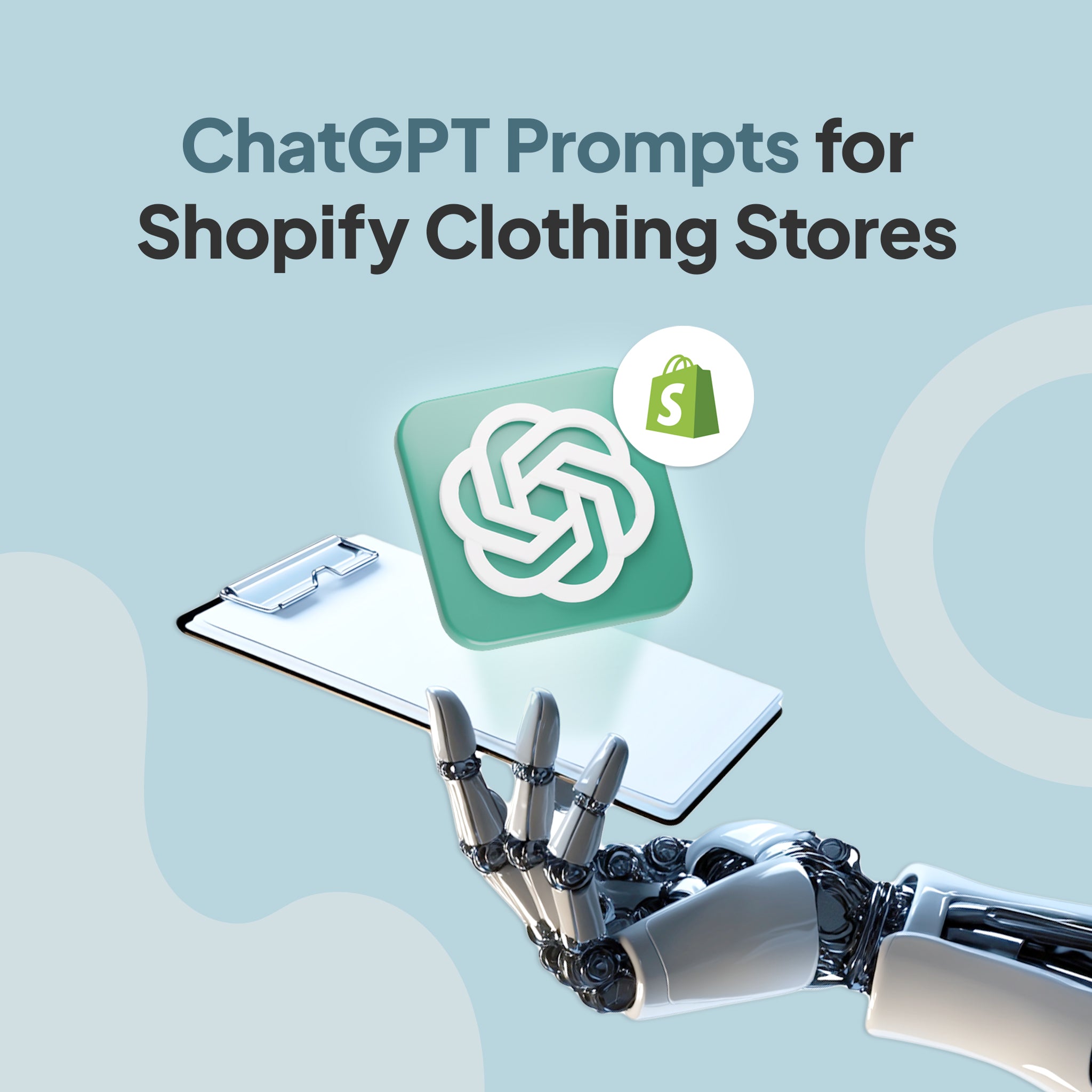

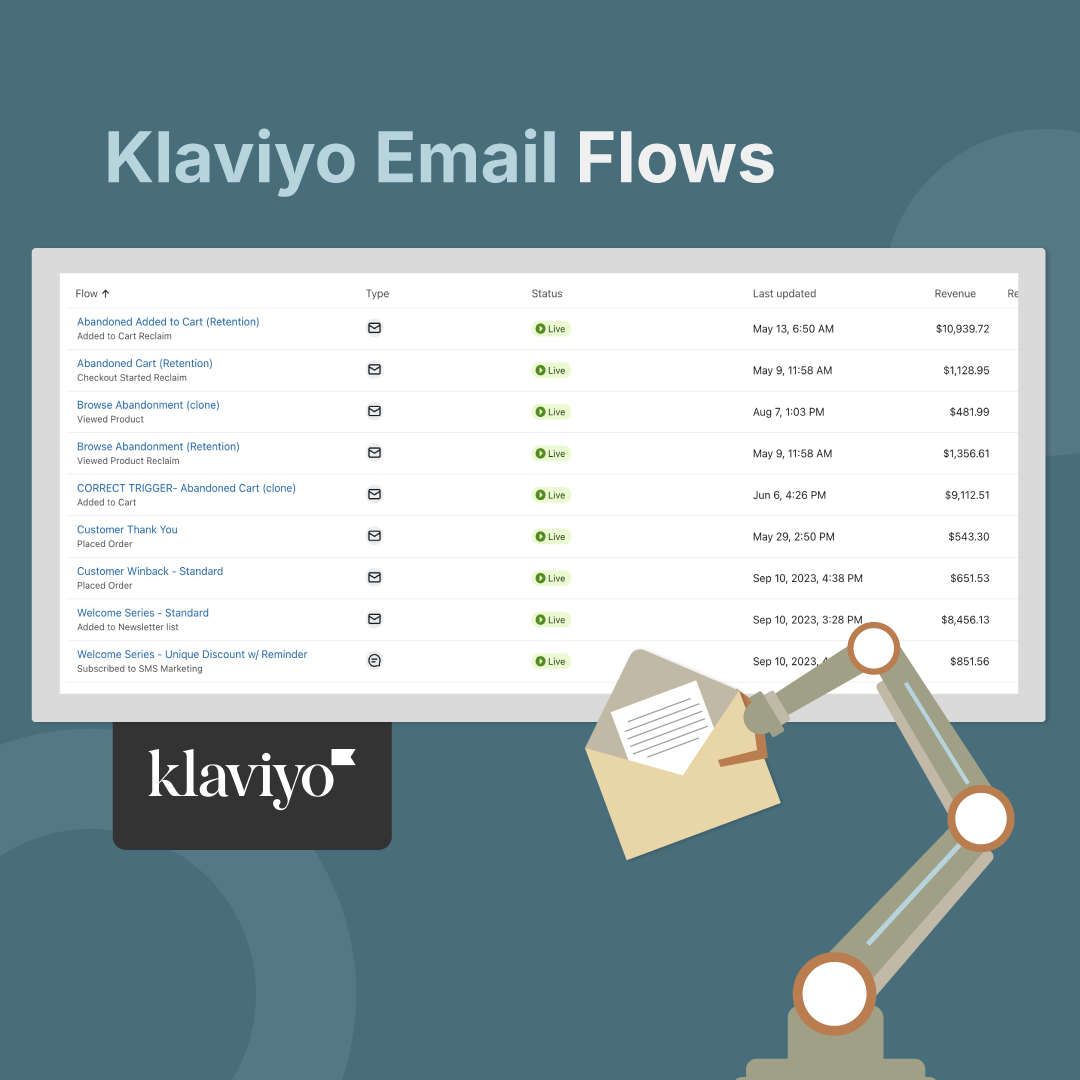
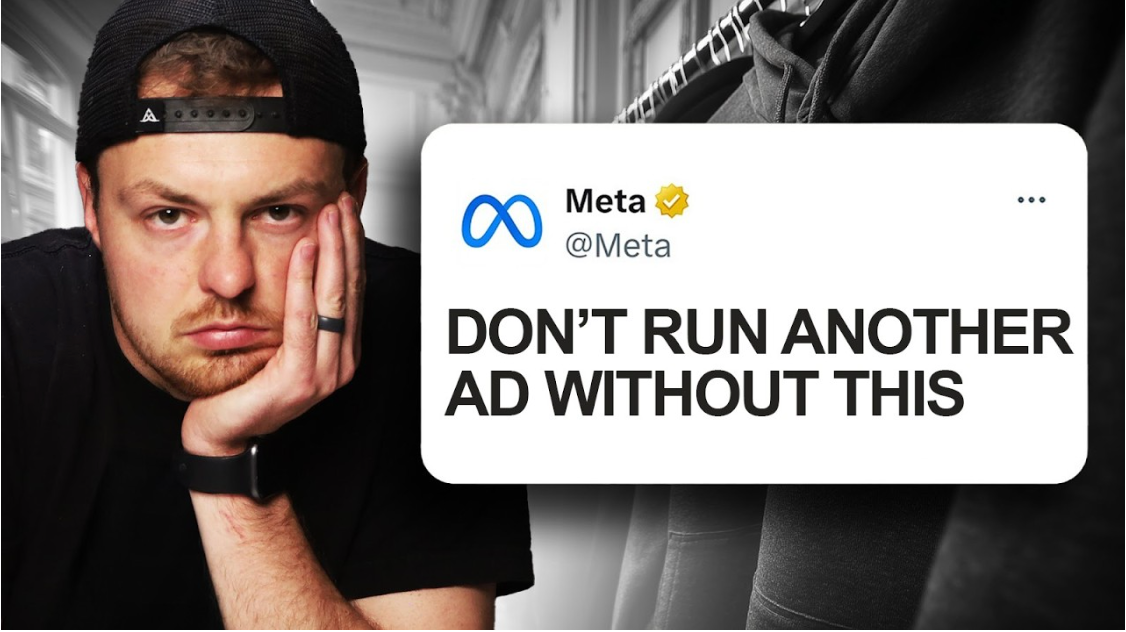
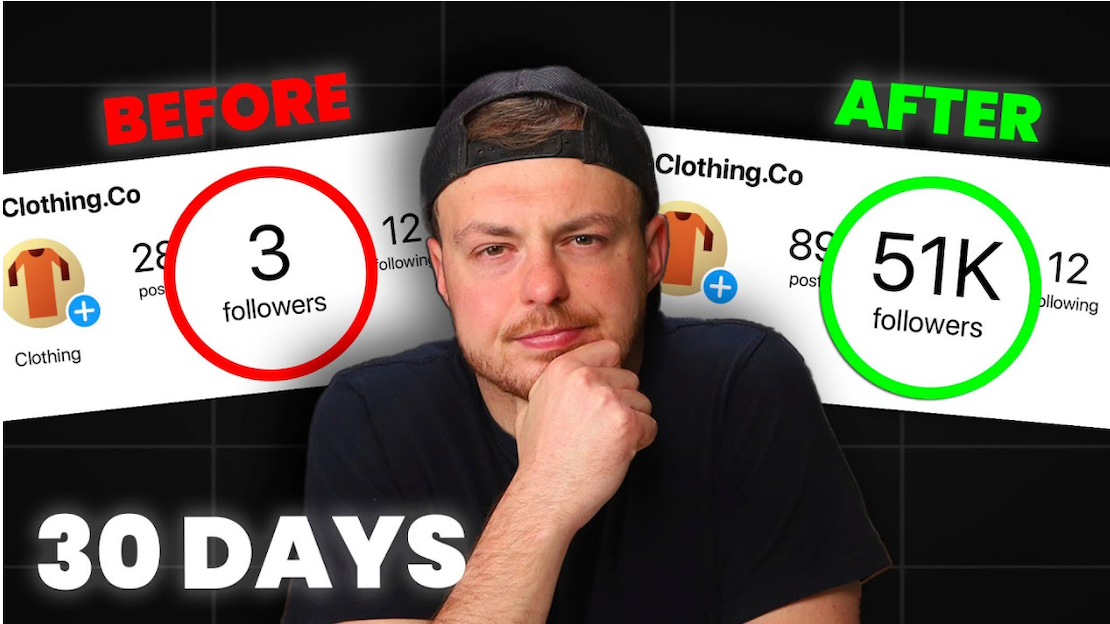

Share:
How This Clothing Brand Grew to $250K in 30 days
5 Things Killing Your Clothing Brand Conversions